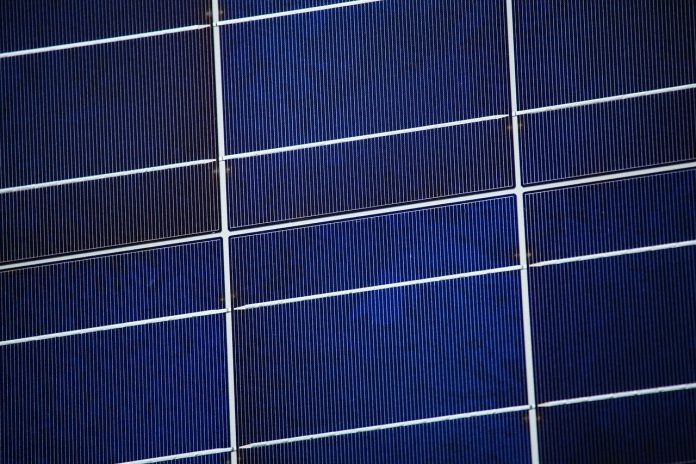Residual stresses are those that remain in a solid material even after external loading or thermal gradients that cause them are removed. In some cases, these effects can result in considerable material deformation, leading to warping and distortion of an object.
A group of scientists from the Chinese Academy of Sciences has assessed how this type of stress could affect the performance of solar cells. Their worked focused on high powered triple-junction cells made from indium gallium phosphide (InGaP), indium gallium arsenide (InGaAs) and germanium (Ge) for applications in aircraft or satellites.
The analysis was conducted on a cell measuring 9.0 x 9.4 mm cell with a thickness of 170.2 microns, provided by Chinese specialist manufacturer Fullsuns. Residual stress was induced in the cell by a laser-driven massive micro-particle impact and was analyzed through a method based on backscattering Raman spectroscopy – a technique used to observe vibrational, rotational and other movements at molecular level. The cells were analyzed at room temperature before and after the impact of the micro-particles.
Even without visible damages, say the scientists, the cell performance can suffer under residual stress after the impact. “There were obvious impact-induced damages of the PV material and the grid lines. Various damage patterns were observed after impact, including penetration hole, fracture of grid lines, macro-scale crack of the PV cell, and fracture of PV materials,” the scientists explained. “Consequently, the residual stresses were inevitably introduced in the PV cells after impact by complicated damage or deformation.”
The damage to grid lines is said to be responsible for a decrease in carrier collection efficiency due to reduction in effective conductance, while the breakage of the cell materials reduces the performing area of the PV cells. Moreover, the bending effect caused by the micro-particles also causes deformation or mismatch of lattices. The efficiency of the analyzed cell before the impact of the micro-particle was 26.8%. After the impact, this dropped by 11.4% to 15.4%.
The findings of this research were presented in the paper Residual stress analysis of thin film photovoltaic cells subjected to massive micro-particle impact, published in RCS Advances.






